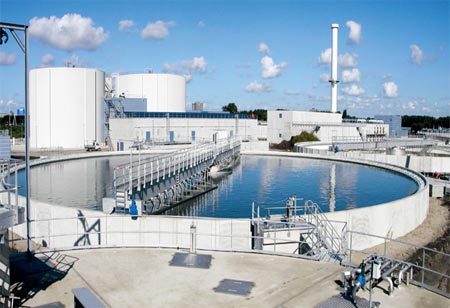The recent COVID-19 pandemic has heightened the hygiene practices and safety measures adopted across the world. This in turn, has contributed to the increased consumption of water. Washing of hands being one of the most basic and important measure to fight COVID-19, saw a surge in use of water. The preliminary analysis by 'Jal Jan Jodo Abhiyan' showed the average water consumption per person was 75 litres before March 15 but it increased to a drastic 125 litres owing to repeated handwashing, home cleaning, and washing of clothes.
Apart from the current pandemic crisis, our country has been facing prolonged challenges pertaining to ineffective water management for many years. These challenges include water leakage, lack of adoption of right technology, lack of investments, etc. It is estimated that around 40 per cent of piped water in India is lost through leakages alone.
Data from one of the reports by NITI Aayog states that 16 out of 27 states score less than 50 points (out of 100) in water management index. This includes Uttar Pradesh, Rajasthan, Kerala and Delhi, which scored less than 50 despite their high economic output. Through such data points, we can clearly presume that water management and water distribution should be addressed with immediate and effective measures.
Looking at the vastness of the issue, the advent of Industry 4.0, is likely to play a crucial role in aligning water governance and management. The role of sensors, cloud computing, Internet of Things (IoT) and Big Data have revolutionized the quality of information and technical data collected from the water usage patterns. The integration of the data collected can provide strategic insights to improve the overall water infrastructure and management. Such data-driven technologies and monitoring systems provide opportunities to address existing, emerging and anticipated threats to this precious resource.
Data-enabled systems and networks are capable of transmitting information over physical distances. This would help monitor and control the systems remotely. Smart sensors can transmit data through the internet over a central server, thus providing real-time, actionable insights. Automated processes, smart monitoring systems and intelligent distribution networks generate massive amounts of quality data that can aid informed decision-making.
For instance, a small village Hingalganj in the state of West Bengal was severely affected by the cyclone Amphan. In this scenario, the Grundfos solar-powered water treatment solution, which is a sustainable water management solution, helped at least 2,500 locals access 10,000 litres of clean drinking water from the available surface water in this region. By 2025, about 80 percent of utilities in large cities of advanced countries and half of the utilities in large cities of developing countries
